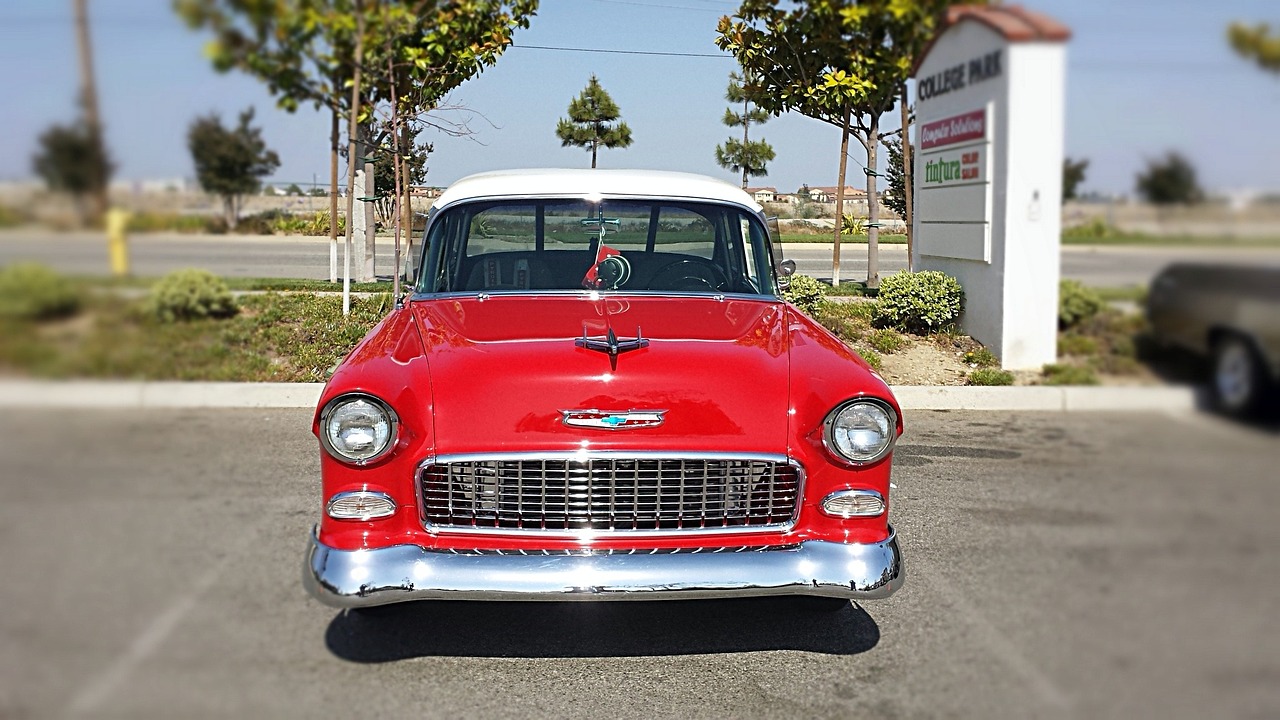Trends in Native Advertising for Media Companies: 99 exch, Laser 247 com, Yolo 247 login
99 exch, laser 247 com, yolo 247 login: Native advertising has become an essential part of the digital media landscape, with media companies utilizing this approach to create compelling content that seamlessly integrates with the user experience. As technology continues to evolve, native advertising trends for media companies are also evolving. In this blog post, we’ll explore the latest trends in native advertising and how media companies can leverage them to drive engagement and revenue.
Understanding Native Advertising
Before diving into the trends, it’s essential to understand what native advertising is. Native advertising is a form of paid media where the ad experience follows the natural form and function of the user experience in which it is placed. Unlike traditional display ads that disrupt the user experience, native ads blend in seamlessly with the content, making them less intrusive and more engaging.
Trends in Native Advertising for Media Companies
1. Video Native Advertising
Video content continues to dominate the digital landscape, making video native advertising a popular choice for media companies. Video native ads provide an immersive experience for users, driving higher engagement and brand awareness. With the rise of video consumption on social media platforms and streaming services, media companies can leverage video native ads to reach a broader audience and deliver compelling storytelling.
2. Programmatic Native Advertising
Programmatic native advertising uses data and algorithms to automate the buying and placement of native ads. This trend allows media companies to target specific audiences with personalized content at scale, maximizing ad performance and ROI. By leveraging programmatic technology, media companies can optimize their native ad campaigns in real-time, ensuring they reach the right audience at the right time.
3. Sponsored Content
Sponsored content is another popular trend in native advertising, where media companies partner with brands to create content that aligns with their editorial voice. This type of native advertising enables brands to connect with audiences in a meaningful way, providing valuable and relevant content that resonates with users. As consumers become more skeptical of traditional advertising, sponsored content offers a more authentic and trustworthy approach to brand promotion.
4. Social Media Native Advertising
Social media platforms have become a key channel for native advertising, with media companies leveraging these platforms to distribute sponsored content and native ads. Whether it’s Facebook, Instagram, Twitter, or LinkedIn, social media native advertising allows media companies to reach a vast audience and drive engagement through targeted and shareable content. By tapping into the power of social media, media companies can amplify their native advertising efforts and generate buzz around their content.
5. Mobile Native Advertising
With the majority of internet users accessing content on mobile devices, mobile native advertising is a crucial trend for media companies to consider. Mobile-native ads are designed specifically for smartphones and tablets, optimized for smaller screens and touch interactions. By creating mobile-friendly native ads, media companies can ensure a seamless user experience across all devices, driving higher engagement and conversions.
6. Interactive Native Advertising
Interactive native ads are an emerging trend that allows users to engage with the ad content through quizzes, polls, games, and other interactive elements. These ads provide a more interactive and personalized experience for users, encouraging them to spend more time with the content and interact with the brand. Media companies can leverage interactive native ads to capture users’ attention and create a memorable brand experience.
7. Personalization and User-generated Content
Personalization is a key trend in native advertising, where media companies tailor content based on users’ preferences, behaviors, and demographics. By delivering personalized native ads, media companies can increase relevance and engagement, driving higher click-through rates and conversions. User-generated content is another trend that media companies can utilize to create authentic and relatable content that resonates with audiences. By incorporating user-generated content into their native ads, media companies can leverage the power of social proof and authenticity to drive brand loyalty.
8. Data-driven Insights and Analytics
Data-driven insights and analytics are essential for measuring the performance of native advertising campaigns. Media companies can leverage data and analytics tools to track key metrics such as impressions, clicks, conversions, and ROI. By analyzing the data, media companies can optimize their native ad campaigns in real-time, making data-driven decisions to improve ad performance and achieve their advertising goals.
9. Native Advertising Partnerships
Collaborating with partners is a valuable trend in native advertising, where media companies team up with influencers, publishers, and other brands to create co-branded content. By partnering with influencers and publishers, media companies can expand their reach and tap into new audiences, driving brand awareness and engagement. Native advertising partnerships allow media companies to leverage the credibility and influence of their partners to enhance their brand image and connect with consumers authentically.
10. Transparency and Disclosure
Transparency and disclosure are essential principles in native advertising, where media companies must clearly label sponsored content and native ads to distinguish them from editorial content. By being transparent about the nature of the content, media companies can build trust with their audience and maintain credibility. Ethical and transparent native advertising practices are crucial for fostering a positive user experience and upholding the integrity of the media company.
FAQs
Q: What is the difference between native advertising and content marketing?
A: Native advertising is a form of paid media where the ad experience follows the natural form and function of the user experience, blending in seamlessly with the content. Content marketing, on the other hand, is a strategic marketing approach focused on creating and distributing valuable, relevant, and consistent content to attract and retain a clearly defined audience.
Q: How can media companies measure the success of their native advertising campaigns?
A: Media companies can measure the success of their native advertising campaigns by tracking key metrics such as impressions, clicks, conversions, engagement, and ROI. By analyzing these metrics, media companies can optimize their native ad campaigns, make data-driven decisions, and achieve their advertising goals.
Q: What are some best practices for creating effective native advertising campaigns?
A: Some best practices for creating effective native advertising campaigns include understanding your target audience, creating compelling and relevant content, aligning the ad with the publisher’s editorial voice, optimizing for mobile devices, and measuring performance with data-driven insights and analytics.
In conclusion, native advertising continues to evolve, with media companies adopting new trends and technologies to create engaging and relevant content for their audiences. By following these trends and best practices, media companies can leverage native advertising to drive engagement, build brand awareness, and generate revenue in today’s digital landscape.







